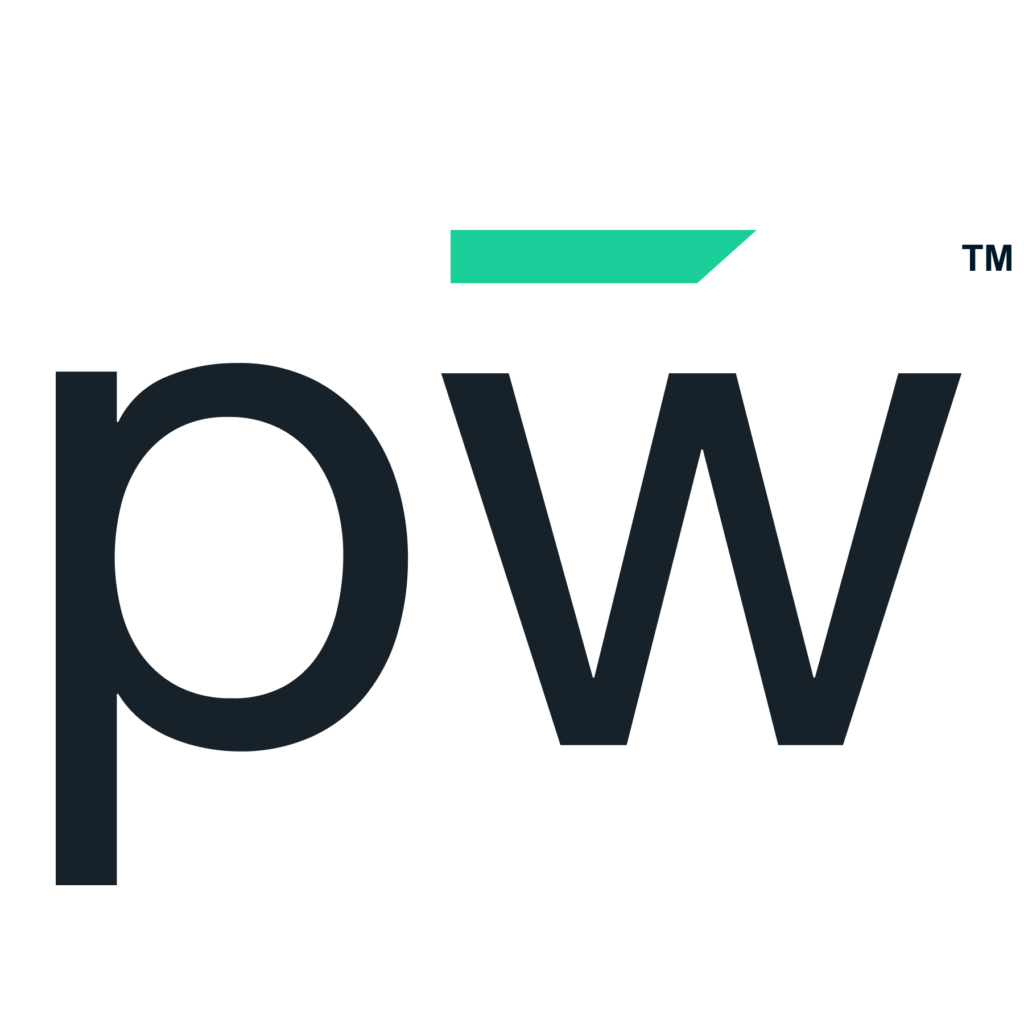Educators have many options for career services software. Many have similar features, models, and interfaces. But how effective are they at doing what you need them to do—connect students to career paths?
Unfortunately, many educators are unimpressed with the platform they’re using. Technology hasn’t adapted to the changing world of education and careers. Most of the systems available don’t support the new approach to career services, such as building specific transferable skills and providing a clear way to measure performance. Nor do many use the power of data and advanced AI technology for matching. If you’re looking for a better solution to drive new initiatives and connect education, life, and career, here are the must-haves you should put on your list.
What Career Services Software Features Do You Need?
As you review all the options on the market and assess them, these components will deliver the best experience for students and value for your school. With this functionality, you can strengthen career services and help you close skills gaps so that students are ready for the future of work. It’s time to make a list of your non-negotiables for new technology.
Setting Goals and Tracking Student Outcomes
Setting and tracking goals is imperative for career services software. Without this, how will you and your students measure what they’re doing in preparing them for their future? Learning how to set goals is a crucial skill for students as they transition from student life to work life. Make sure the platform enables this and that setting and tracking are easy and flexible.
Skills Assessments and Matching
Evaluating where students are in high-demand skills is critical to helping them reach work-life goals. For students to be working-world ready, they need a breadth of transferable soft skills. By determining where they are falling short, you can then recommend avenues for them to obtain these skills.
The other part of gauging skills is learning the strengths of students. One way to do this is with psychometric career assessments. With such a tool, you can identify where they are thriving and then use that information to match them with a suitable career path. It helps you (and them) understand their passion, interests, and aptitude.
Activity Dashboard
Every technology platform should have an intuitive dashboard delivering up-to-date information to all students. It should contain the key elements you’re tracking and highlight progress toward key performance indicators (KPIs). Ideally, you should be able to see your most important data on one screen.
Task Automation
Software should make your daily life easier, so it should do some of the heavy lifting for you. You’re too busy to deal with inefficient manual workflows. Simplify day-to-day administrative tasks with task automation. In considering career services software, find out how automation works in the platform and calculate expected time savings.
Outcomes Reporting
You can’t implement a career services solution without it providing outcomes reporting. Capturing data and turning it into reports that demonstrate the success rate of your programs is essential. You’ll want access to analytics that provide insight into student outcomes to make informed decisions about your operations and confirm your return on investment.
Multiple Portals and Experiences
How educators use the platform is significantly different than how students or employers do. As a result, every type of user needs a specialized portal developed for their needs and use. Many software products in the career services space don’t offer this type of user experience, which can deter adoption.
Student Data Privacy Features
The privacy of student data is critical to any software. Within this controlled environment requiring logins, you minimize the risk of personal information misuse, which is all too common with job boards. Students create their own profiles in a secure space.
Job Match Predictions Backed by Data
Traditional job-matching methods are short on substance and heavy on keywords. Career services software that makes predictions based on data analyzed with AI is much more accurate.
This approach, called AI job matching, allows you to offer students predictive, proactive, and realistic career advice. It’s a more advanced way to help students develop and meet work-life goals. It combines human and technical data points to deliver better results.
Real-World Skills Development
Finally, what will set any career services software apart is its ability to support real work skills development. Such a program is the best way to prepare someone for the next phase in life. They’ll get experience and benefit from resources. The Real World of Work Program prepares students for the fast-changing job market with information, career coaching, obtaining experience, and learning transferable skills.
Advantages for Educators and Students with Robust Career Services Software
When you implement a robust career services software platform with these features, you’ll realize benefits for educators and students. The key differences in career services solutions come down to their functionality and what’s behind it. Data and the use of AI drive better experiences for students and empower them to find a fruitful path. With more accurate job matching through AI and skill development, they’ll be ready for success outside the classroom.
Helping students find their path doesn’t have to be as painful and ineffective as it is now. Educators get real-time data to manage and scale their services for students and understand their outcomes and ROI more distinctly. You’ll appreciate an intuitive and seamless platform, saving you time.
pepelwerk: Career Services Software That Does What It Should
At pepelwerk, we designed our career services platform to meet the real-world needs of educators and students. It’s a job-matching platform that relies on data and AI versus assumptions or outdated approaches. Learn more about all its features and create an educator account today!

-2.png?width=520&height=294&name=MicrosoftTeams-image%20(4)-2.png)








